The Seed Was Planted Years Ago: Images of serene temples juxtaposed with neon-drenched streets, bullet trains slicing through landscapes, and the promise of a culture both deeply ancient and cutting-edge modern had festered in my imagination. It wasn’t just wanderlust; it felt like a calling, a place uniquely engineered to recalibrate your senses and challenge your perceptions. Finally, the stars aligned: time off work accrued, a decent savings buffer established, and a burgeoning sense of “if not now, when?” drowned out the lingering doubts. This wasn’t just any trip; this was my baptism by fire into solo long-haul travel, flying halfway across the world to a land where my linguistic arsenal consisted precisely of “Arigato,” “Sumimasen,” and “Ramen.” Gulp. Japan.
Phase 1: The Delicate Dance of Planning (Where Spreadsheets Met Soul-Searching)
Planning a multi-city, solo trip to Japan felt less like booking a holiday and more like orchestrating a complex military operation. The initial wave of information overload – countless blogs, guidebooks, YouTube channels, and forum threads – threatened to drown my enthusiasm. But slowly, methodically, I began to chart my course.
Flight Finesse marked the journey’s beginning. Hours dissolved into days scouring Skyscanner, Google Flights, Kayak, and direct airline websites. Variables danced in my head: price, layovers, airline reputation, arrival time, arrival airport. Narita (NRT) offered more international flights, but Haneda (HND) – significantly closer to central Tokyo – became the clear winner. The thought of navigating a lengthy transfer after a 14-hour flight was daunting. Finding a decent fare on a reputable airline (ANA, thankfully!) felt like the first major victory. Booked! One colossal hurdle cleared. The confirmation email landed with a satisfying ping, making the adventure suddenly tangible.
Next came The Shinkansen Shuffle & The JR Pass Conundrum. The iconic bullet train was non-negotiable. Efficiency and the sheer romance of traversing the country at 320 km/h were irresistible. This is where the Japan Rail Pass (JR Pass) entered the scene, and here’s a crucial point for my trip timing: back then, in the pre-October 2023 era, the advance pass for tourists was unequivocally, undeniably worthwhile buying. I meticulously mapped my inter-city hops: Tokyo -> Kyoto (3 nights) -> Kobe (2 nights) -> Hiroshima (3 nights) -> Osaka (3 nights) -> Back to Tokyo (2 nights). I plugged hypothetical fares into spreadsheets. The numbers were clear: even a 7-Day Ordinary Green Pass (I splurged slightly for the marginally more spacious seating) saved me a significant chunk – roughly 30% – compared to buying individual Shinkansen tickets for the long legs (Tokyo-Kyoto, Kyoto-Hiroshima-Kyoto, Kyoto-Osaka, Osaka-Tokyo). Crucially, this calculation also factored in the included utility: unlimited travel on the JR Yamanote Line (Tokyo’s vital loop line), the Narita Express (though I flew into Haneda), the Haruka Express from Kansai Airport (for my eventual return leg), and local JR lines in other cities. Today? The landscape is radically different. With the substantial price hikes implemented in late 2023 (some categories nearly doubling!), the calculus has shifted dramatically. For many itineraries now, especially those involving shorter stays, fewer long Shinkansen journeys, or more focus on non-JR private lines (like many subways or the Odakyu line to Hakone), the pass might not break even, or the savings could be minimal. The advice now is emphatic: Always, always run the numbers based on your specific, detailed itinerary and the current pass prices. Don’t assume it’s a given. For my trip, booked blissfully before the hike, it was a financial no-brainer and a significant stress-reducer, knowing my major transport was pre-paid. Ordered online, exchange voucher secured.
This wasn’t just any trip; this was my baptism by fire into solo long-haul travel, flying halfway across the world
Then began The Accommodation Algorithm. My mantra was non-negotiable: prime location, impeccable cleanliness, reasonable affordability. Enter Booking.com, my digital travel sherpa. I became adept at filtering: proximity to major JR stations or key subway lines was paramount (especially carrying luggage solo); price range set firmly; guest reviews scoured for consistent mentions of cleanliness and location accuracy. Through this digital sifting, clear champions emerged:
- APA Hotel Ueno Hirokoji (Tokyo) – Compact, efficient, and steps from Ueno Station, perfect for exploring the historic district and park.
- Travelodge Kyoto Shijo Kawaramachi (Kyoto) – A budget-friendly gem in the heart of Kyoto’s shopping and dining district, just a short walk from Gion.
- Kobe Motomachi Tokyu REI Hotel (Kobe) – A sleek, modern stay near Kobe’s bustling Motomachi shopping street and Chinatown.
- Comfort Hotel Hiroshima Otemachi (Hiroshima) – A reliable, clean option with a great breakfast spread, conveniently located near the Peace Memorial Park.
- APA Hotel Osaka Higobashi Ekimae (Osaka) – Another APA win, this time in Osaka’s business district, offering easy access to Namba and Dotonbori.
- Anshin Oyado Woman Tokyo Ginza Shiodome (Tokyo, final night) – A women-only capsule hotel (originally men’s, now rebranded) for a unique, secure stay in upscale Ginza.
All prepaid via Booking.com, all confirmations neatly filed. Check! Logistics felt solid.
Despite the meticulous planning, The Looming Anxiety was my constant companion. This wasn’t like booking a trip to London or Paris. Japan felt… larger, more linguistically impenetrable, more unknown. Would I actually manage? The scenarios played on loop: Navigating Haneda Airport alone at midnight, jet-lagged and disoriented; missing the JR Pass exchange counter or finding it closed; getting hopelessly lost in the warren of Shinagawa Station trying to find the Keikyu Line platform; freezing at a subway ticket machine, unable to decipher it; dragging my suitcase through confusing streets in the rain, unable to find my hotel; the sheer, overwhelming scale of Tokyo swallowing me whole; the fear of isolation, amplified by the language barrier. The distance felt immense.
To combat this, I doubled down on preparation: Google Maps offline areas downloaded for all cities, step-by-step directions screenshotted (Airport -> JR Exchange -> Keikyu Line -> Yamanote Line -> Ueno Station -> Hotel), essential Japanese phrases written down (including “Doko desu ka?” – Where is it?), and a portable Wi-Fi device pre-booked for pickup at Haneda. Most importantly, I embraced minimalism: one carry-on sized hard-shell suitcase and a sturdy, comfortable backpack. Mobility and self-sufficiency would be my greatest allies. The packing list was ruthlessly curated – versatile layers, good walking shoes, tech essentials, and little else.
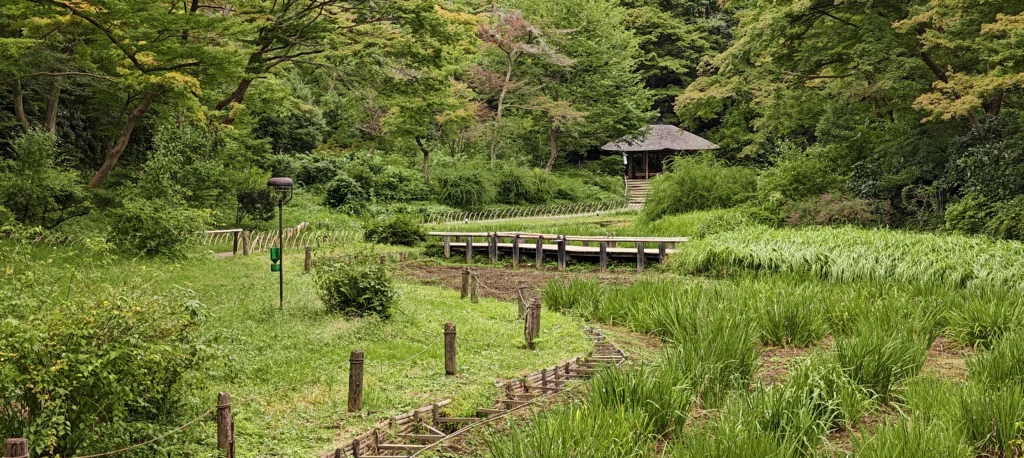
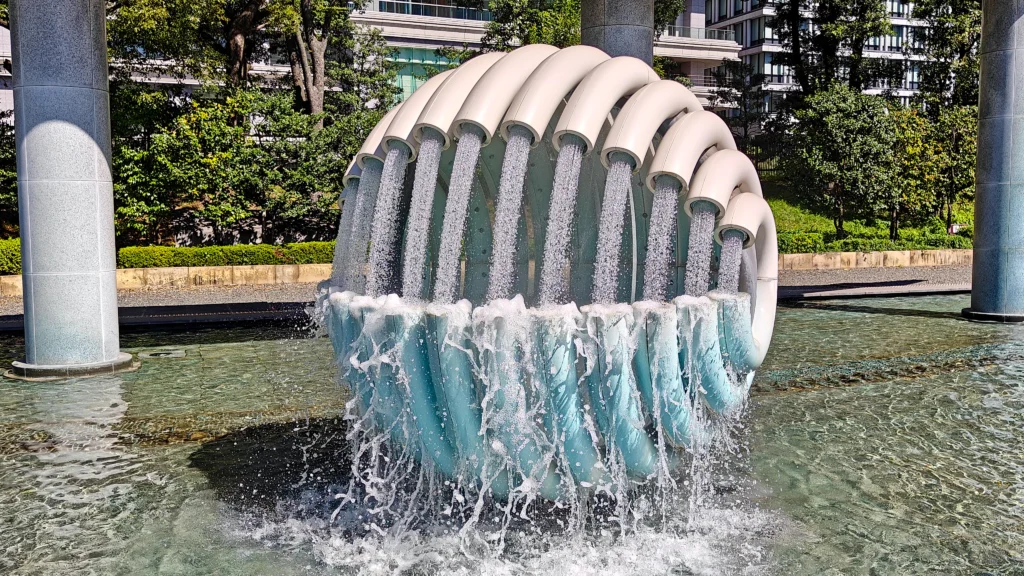
Touchdown: Haneda Harmony – Where Efficiency Soothes the Soul
The 14-hour flight passed in a blur of mediocre movies, attempted sleep, airplane food, and mounting anticipation. Landing at Haneda around 4 PM local time felt surreal. Stepping off the plane, the first impression was immediate: orderly efficiency. The corridor was spotless, signage abundant and bilingual (English/Japanese), and people moved with purpose but without frantic energy. Immigration was a revelation. Clear lanes, digital forms available on kiosks beforehand (I’d done mine online), polite and efficient officers. Baggage claim was equally swift; my suitcase arrived promptly. So far, so incredibly, reassuringly smooth. A wave of relief began to wash over the jetlag.
Now, the first real test: the JR Pass Exchange. Following the clear overhead signs for “Trains” and “JR Lines,” I navigated the clean, spacious corridors. The JR East Travel Service Center was easy to find, well-lit, and, thankfully, still open. A short queue of fellow tourists, a similar mix of excitement and fatigue on their faces. Handing over my exchange voucher and passport felt momentous. The clerk was efficient and polite, processing everything swiftly. Within minutes, I held the tangible symbol of my freedom: the magical green JR Pass booklet and my pre-reserved seat ticket for the Nozomi Shinkansen to Kyoto in a few days’ time. The weight of that particular anxiety lifted completely. Check.
Next hurdle: getting into Tokyo proper. The Keikyu Line station entrance was literally just down the hall. A friendly station attendant, spotting my slightly lost look (or perhaps the JR Pass booklet clutched in my hand), approached. “Shinagawa?” I asked. A smile, a nod, and clear directions to the correct platform for the local train. The ticket machines were intimidating at first glance, but the English option was prominent. I needed a ticket to Shinagawa (¥300-400, I recall). Inserting coins felt like a small victory. I also spotted the machines for Welcome Suica cards. Knowing its universal utility on subways, buses, and even convenience stores, this was a must. The process was intuitive: select English, choose “Welcome Suica” (designed for tourists, valid 28 days, no deposit refund but easy to dispose of), insert ¥2000 (¥1500 usable credit, ¥500 card cost), and out popped the iconic green penguin card. Beep! Technology as an enabler.
Stepping onto the clean, brightly lit, and remarkably quiet train felt like entering a different world compared to the subways back home. Watching the outskirts of Tokyo glide by in the darkness – clusters of illuminated buildings, flashes of neon, orderly streets – the reality solidified: I was here. I was doing this. Solo. The residual anxiety began to melt, replaced by pure, unadulterated exhilaration and a profound sense of accomplishment. The journey had truly begun.
was my first true “I made it” realization
Tokyo Takeoff: Ueno Anchorage & An Asakusa Awakening
Transferring at Shinagawa Station was my first real immersion into a major Japanese rail hub. It was vast, bustling, but incredibly well-organized. Following signs for the JR Yamanote Line (northbound towards Ueno/Tokyo – covered by my JR Pass!), I navigated the corridors and found the platform. Boarding the familiar green train cars, I felt a surge of confidence. My stop: Ueno.
Emerging from Ueno Station’s Hirokoji exit, I was greeted by the lively energy of the district. Ueno was a fascinating blend of old and new: historic temples, a sprawling park, and the bustling Ameya-Yokocho market. My APA Hotel Ueno Hirokoji was, true to Booking.com’s promise and photos, just a short walk away. The check-in was seamless – passport scanned, keycard issued, and within minutes I was in my compact yet immaculate room. The signature APA efficiency was on full display: high-tech toilet, powerful shower, and a surprisingly comfortable bed. Dropping my bags, I felt the pull of exploration despite the late hour.
A short subway ride later, I found myself at Asakusa, standing beneath the thunderous red lantern of Kaminarimon Gate. The contrast to Ueno’s urban buzz was immediate. Nakamise-dori, the temple approach, was quieting down for the night, but the towering Senso-ji Temple loomed ahead, illuminated against the dark sky. The scent of incense lingered in the air as I walked the deserted path, absorbing the serenity. That moment – standing before the ancient temple, utterly alone yet completely at peace – was my first true “I made it” realization.
Jetlag was a dull ache, but curiosity was a stronger drug. I hopped on the Hibiya Line subway (Suica card: beep! – so satisfyingly simple) heading towards Asakusa. Emerging from the Asakusa Station onto the street near the Kaminarimon Gate felt like stepping through a temporal portal. The thunderous red lantern, emblazoned with bold black kanji, marked the entrance to Senso-ji Temple, Tokyo’s oldest and most significant Buddhist temple. The contrast to the electric frenzy of Akihabara couldn’t have been starker or more beautiful.

Nakamise-dori, the bustling, covered approach street stretching from Kaminarimon towards the main temple complex, was a sensory feast of a different kind. Centuries-old shops lined the path, their wooden facades housing vendors selling traditional crafts: delicate fans, intricate woodblock prints (ukiyo-e), beautiful yukata robes, and an array of edible souvenirs. The air was thick with tempting aromas: sweet, fluffy melon pan (melon-shaped bread), sizzling kibi dango (millet dumplings), and the warm, custard-filled ningyo-yaki (small cakes molded into shapes like birds or the temple’s five-storied pagoda). The crowds were dense but moved with a more sedate, reverent energy. The rhythmic clacking of geta (wooden sandals) on stone added to the atmosphere. As I walked deeper, the smell of incense grew stronger, a sweet, woody perfume hanging heavy in the air.
Passing through the imposing Hozomon Gate, the main hall of Senso-ji came into full view, majestic under the early evening sky, its intricate details subtly illuminated. Standing before it, the ornate architecture towering above, the murmur of prayers from devotees tossing coins and clapping their hands, the thick coils of incense smoke rising from giant burners – that’s when the profound realization truly crashed over me. I made it. To Japan. Solo. Across the world. This ancient, sacred place was my witness. The wave of emotion was unexpected and powerful. A potent mix of profound personal accomplishment, humbling awe at the centuries of history and faith embedded in the stones around me, and sheer, unadulterated joy. My eyes welled up. I closed them for a moment, absorbing the atmosphere – the distant resonant sound of a temple gong, the rustle of silk kimono fabric as an elderly couple passed, the low murmur of the crowd. It was a moment of pure, unscripted travel magic, a core memory instantly forged. I spent over an hour just being there, exploring the smaller subsidiary shrines, watching people write wishes on wooden ema plaques, and simply soaking in the profound tranquility that managed to coexist with the surrounding throng. As dusk deepened into night, the temple complex took on an even more ethereal quality. Walking back down Nakamise-dori as shops began to shutter, the lingering scent of incense and fried sweets mingling, I felt centered, grateful, and utterly alive. Tokyo had already delivered an emotional masterpiece.
Tokyo Days: A Metropolis Unveiled – Neon, Nature, Noodles, and the Future
The next few days were a whirlwind, a relentless and exhilarating assault on the senses. Tokyo revealed itself layer by layer, neighborhood by neighborhood, each a distinct world:
Emerging from Shinjuku Station—a sprawling, chaotic marvel in itself—felt like stepping onto the set of Blade Runner. Towering skyscrapers like the futuristic Mode Gakuen Cocoon Tower and the imposing Tokyo Metropolitan Government Building formed a steel-and-glass canyon, their surfaces flashing with the glow of massive high-definition billboards. Neon advertisements for everything from J-pop idols to steaming ramen bombarded the senses, while the streets pulsed with a never-ending river of people. Nearby, Godzilla Alley loomed under the watch of a life-sized Godzilla head bursting from the Hotel Gracery, its glowing eyes and snarling teeth casting an eerie glow over the street—perfect for snapping a photo before diving into the district’s endless shopping and dining sprawl.
Shinjuku’s streets were a retail fever dream, from the luxury floors of Isetan Department Store to the chaotic, 24-hour wonderland of Don Quijote, packed with anime merch and bizarre snacks. Hungry visitors could slurp ramen in the cramped stalls of Ramen Yokocho, feast on yakitori in the smoky backstreets, or splurge on skyline views at the New York Bar—made famous by Lost in Translation. As night fell, the district transformed into a neon spectacle, with Kabukichō’s glowing 3D cat billboard and robot-themed restaurants adding to the electric buzz of Tokyo’s most overwhelming, exhilarating district.
Shibuya: The Pulse of Youth & The Scramble pulsed with a different energy than Shinjuku. Witnessing the Shibuya Crossing is a mandatory Tokyo ritual. Watching it from the second-floor Starbucks window is a cliché for a reason – it’s hypnotic. Hundreds, sometimes over a thousand people, surge across the massive intersection from all directions during a single light cycle, a perfectly choreographed ballet of pedestrian chaos. It’s a living metaphor for Tokyo itself. I paid my respects at the Hachiko statue, a touching tribute to canine loyalty perpetually surrounded by tourists and meeting points. Exploring the area revealed its true nature: towering department stores (Shibuya 109, a mecca for youth fashion), the multi-floor mecca of Tower Records (still thriving and an experience in itself), countless trendy boutiques, and themed cafes. Shibuya Sky, the open-air observation deck atop Shibuya Scramble Square, offered breathtaking, dizzying panoramic views. But the real magic remained at ground level, feeling the electric buzz of thousands of young people navigating their world.
Harajuku & Yoyogi Park: Kawaii Chaos & Forest Sanctuary provided the most extreme contrast within a short walk. A mere one stop from Shibuya on the Yamanote Line, Harajuku felt like entering a parallel universe of cuteness and counter-culture. Takeshita Street (Takeshita-dori) was… CRAZY. Imagine a narrow pedestrian street absolutely packed wall-to-wall with people, predominantly teenagers. The sensory overload was intense: the cloying sweetness of candy floss and rainbow-colored crepes being freshly made, J-Pop and J-Rock blasting from every other store, and shops bursting at the seams with the most outlandish, colorful kawaii fashion imaginable. Think platform boots taller than small children, outfits seemingly made entirely of pastel fluff and lace, accessories adorned with every conceivable cartoon character, and enough glitter to bedazzle a continent. It was overwhelming, visually chaotic, vibrant, and felt like stepping onto a hyperactive, sugar-fueled movie set. After 30 minutes of navigating the throng, I needed an antidote. Serenity was just minutes away. Yoyogi Park, vast and green, sprawled adjacent to the Harajuku madness. Crossing into the park was like lowering the volume on the world. Wide paths shaded by towering trees, expansive lawns dotted with groups of friends picnicking, couples relaxing, individuals practicing tai chi or slacklining. The atmosphere was peaceful, communal. I walked towards Meiji Jingu, one of Japan’s most important Shinto shrines, dedicated to Emperor Meiji and Empress Shoken. Passing under the massive, solemn wooden torii gate marked an entrance into a profound quiet. A long, gravel path wound through a dense, tranquil forest right in the heart of the city. The air was cool and hushed. Reaching the main shrine complex, its majestic cypress wood structures exuded a powerful sense of calm and reverence. Witnessing a traditional Shinto wedding procession – the bride in an elaborate white kimono and hood (wataboshi), the groom in formal montsuki, priests in flowing robes – was a magical glimpse into enduring tradition. The contrast between Takeshita-dori’s frenzy and Meiji Jingu’s serenity within a 15-minute walk perfectly encapsulated Tokyo’s astounding diversity.

Yokohama & Gundam Factory: Waterfront Charm & Engineering Marvel offered a refreshing coastal interlude. A short, comfortable JR Keihin-Tohoku Line ride south brought me to Yokohama, Japan’s second-largest city and a major port. The Minato Mirai 21 waterfront area was a delight – modern, open, and scenic. I strolled past the giant Cosmo Clock 21 Ferris wheel, admired the sleek lines of the Yokohama Landmark Tower (once Japan’s tallest), and explored the fascinating Yokohama Maritime Museum with the iconic sailing ship Nippon Maru permanently docked beside it. But the undisputed star, the pilgrimage site for any self-respecting mecha fan, was the Gundam Factory Yokohama. Seeing the life-size, 18-meter-tall RX-78F00 Gundam standing sentinel over the dockyard was awe-inspiring. But seeing it move was pure, unadulterated geek euphoria. During scheduled demonstrations, the colossal machine came alive: its head turned with hydraulic sighs, its arms raised with deliberate, powerful grace, its fingers articulated, vents hissed steam, and multi-colored lights flashed across its frame. The sheer scale, the complexity of the engineering, the attention to detail – it was mind-blowing. The sound design alone – the deep thrum of servos, the metallic clanks – vibrated in your chest. Watching it transition to its signature pose, beam saber seemingly igniting towards the Yokohama skyline, was a genuine highlight-reel moment of the entire trip, a breathtaking fusion of childhood fantasy and cutting-edge robotics made real.
Food: The Unsung Hero of Tokyo Exploration was a constant delight. Tokyo deserves its reputation as a culinary capital, and my explorations were fueled by delicious discoveries. Conveyor Belt Sushi (Kaiten-zushi) became a regular haunt. Grabbing plates of incredibly fresh tuna (maguro), salmon (sake), fatty tuna (otoro), sweet egg (tamagoyaki), and even adventurous uni (sea urchin) as they glided past was fun, efficient, and surprisingly affordable (especially at chains like Sushiro or Kura Sushi). Watching the chefs work with lightning speed was mesmerizing. My Ramen Quest took me from tiny, steamy alleyway joints with vending machine ordering (a system quickly mastered) to more well-known shops. Each bowl was a revelation – rich, creamy tonkotsu (pork bone) broth in Kyushu-style, complex shoyu (soy sauce) ramen, or the intense miso ramen of Hokkaido – each a deeply satisfying, soul-warming experience, perfect after hours of walking. Slurping is not just accepted, it’s expected! Konbini Culture was a lifesaver. FamilyMart, 7-Eleven, Lawson – these were my reliable pit stops. Beyond the essential onigiri (exploring flavors like salmon mayo, tuna mayo, and yakitori became a daily ritual), they offered surprisingly delicious ready meals (bento boxes, pasta salads), steamed buns (nikuman), quality sandwiches, fresh fruit, and an array of drinks (from hot corn soup in winter to bizarrely flavored Pepsi). Cheap, convenient, and consistently good. Sampling Street Food & Markets added delicious layers: hot takoyaki (octopus balls) fresh off the grill in Ameya Yokocho market (Ueno), sweet taiyaki (fish-shaped cakes filled with red bean paste or custard) from street vendors, or savory okonomiyaki (savory pancake) in dedicated restaurants were all integral parts of the Tokyo taste experience.
Reflections on the First Leg: Confidence Forged in Concrete & Neon
Looking back on those first few days in Tokyo, the overwhelming feeling is one of profound accomplishment and deep awe. The nervousness that had been my constant companion during the planning phase evaporated within hours of landing, replaced by a steadily growing confidence. This confidence was forged through direct experience: the city’s astonishing, almost psychic efficiency (trains arriving exactly on time, systems that just worked); the inherent safety (walking alone late at night felt remarkably secure); the sheer, genuine helpfulness of the Japanese people – from station attendants going out of their way to guide me, to shopkeepers patiently miming instructions, to fellow passengers offering a seat or a shy smile; and the ultimate realization of the navigability of the metropolis once I grasped the logical hierarchy of train lines and the reliability of Google Maps.
The APA Hotels proved to be an exceptional choice for my needs – consistently delivering clean, functional rooms in unbeatable locations. They were reliable, comfortable havens. The JR Pass (purchased pre-hike) was an absolute linchpin, providing immense value and removing significant logistical stress for my inter-city travel. Booking.com made managing all my disparate stays simple and secure. Travelling light was undoubtedly one of the smartest decisions I made, granting me freedom and agility impossible with bulky luggage.
Tokyo wasn’t just a city; it was an immersive, multi-sensory experience that recalibrated my expectations of urban life. It offered endless, often jarringly beautiful, contrasts: the serene spirituality of Senso-ji at dawn versus the frenetic energy of Shibuya Crossing at dusk; the dedicated otaku paradise of Akihabara versus the avant-garde fashion tribes of Harajuku; the futuristic skyline of Shinjuku versus the timeless forest path of Meiji Jingu; the delicate art of a tea ceremony versus the visceral thrill of a giant robot in motion. It was a city that embraced both deep tradition and relentless innovation, often on the same street corner. The food was a constant adventure, a delicious education in umami and texture.
The Journey Ahead: Five Cities Beckon – Beyond the Neon Horizon
As I stood on the platform at Tokyo Station, boarding the sleek, white Nozomi Shinkansen bound for Kyoto, a profound sense of excitement settled over me. The sprawling urban vista began to recede, replaced by glimpses of orderly suburbs, verdant rice paddies, and then, miraculously, the iconic, snow-capped majesty of Mount Fuji appearing crisp and clear against a brilliant blue sky – a lucky, perfect-day bonus that felt like a blessing. This was just the beginning. The first exhilarating leg of my ambitious five-city adventure was complete: Tokyo. Ahead lay the ancient capital’s serene beauty: Kyoto. Then, the cosmopolitan port charm of Kobe. Followed by the deeply moving historical weight of Hiroshima. Culminating in the vibrant, culinary powerhouse of Osaka, before a final fleeting return to Tokyo for my flight home.
Tokyo had been everything I hoped for and more: thrilling, overwhelming, delicious, challenging in the best way, and deeply rewarding. It had tested my independence gently but firmly, and rewarded me immensely with unforgettable experiences. It had shattered my pre-trip anxieties and replaced them with a potent cocktail of eager anticipation and hard-earned confidence. If navigating the vast, complex, yet inherently welcoming metropolis of 37 million people solo felt so achievable, what profound wonders, what unique experiences, what moments of unexpected beauty awaited in the ancient capital of Kyoto? The elegant port city of Kobe? The resilient spirit of Hiroshima? The dynamic energy of Osaka?
My heart was full from the sensory feast of Tokyo, but my travel appetite was only truly whetted. The rhythmic clatter of the Shinkansen accelerating to 285 km/h wasn’t just carrying me south towards Kyoto; it was carrying me towards the next, eagerly awaited chapter of discovery. The concrete canyons gave way to open countryside, the neon glow replaced by the warm afternoon sun. I settled into my comfortable Green Car seat, watched Fuji-san shrink in the distance, and smiled. The adventure was truly unfolding.
Stay tuned for Part 2: Kyoto – Temples, Tranquility, and the Weight of History…
Coming Soon in Part 2: We delve into the serene beauty and profound history of Kyoto – the unforgettable pre-dawn hike through the vermillion torii tunnels of Fushimi Inari Taisha; the breathtaking golden reflection of Kinkaku-ji (Golden Pavilion); the zen enigma of Ryoan-ji’s rock garden; the preserved streets of Gion and the elusive glimpse of a geiko; navigating the efficient subway and bus system; discovering hidden alleyway gems and serene temple gardens; and experiencing the unique, timeless atmosphere of Japan’s ancient capital. Then, onward to Kobe’s sparkling waterfront, cosmopolitan vibe, and the melt-in-your-mouth revelation of Kobe beef; Hiroshima’s deeply moving Peace Memorial Park and Museum, a testament to resilience and hope; and finally, Osaka’s vibrant, chaotic energy – the dazzling lights and street food paradise of Dotonbori, the majestic presence of Osaka Castle, and the warm, outgoing spirit of its people!



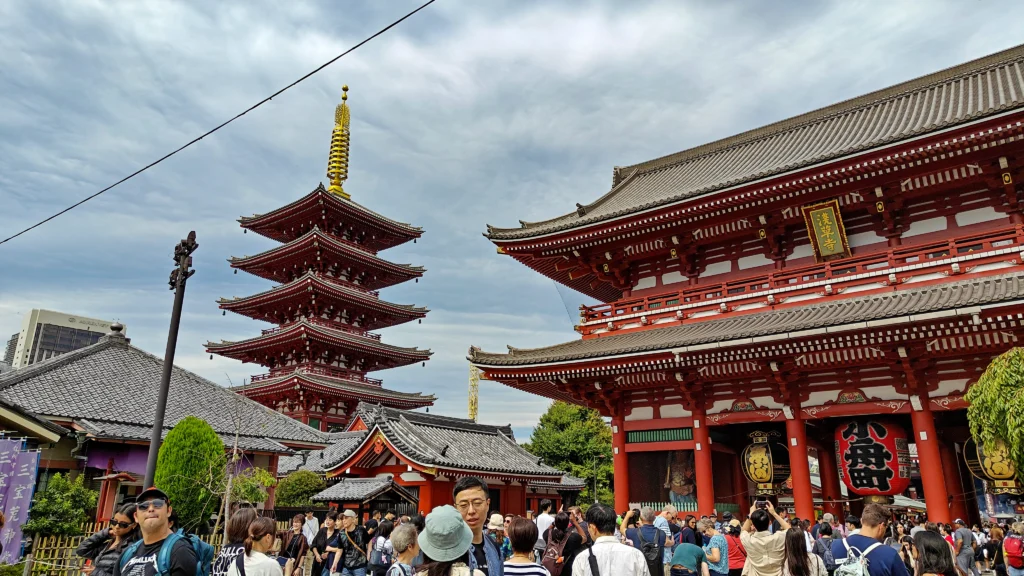
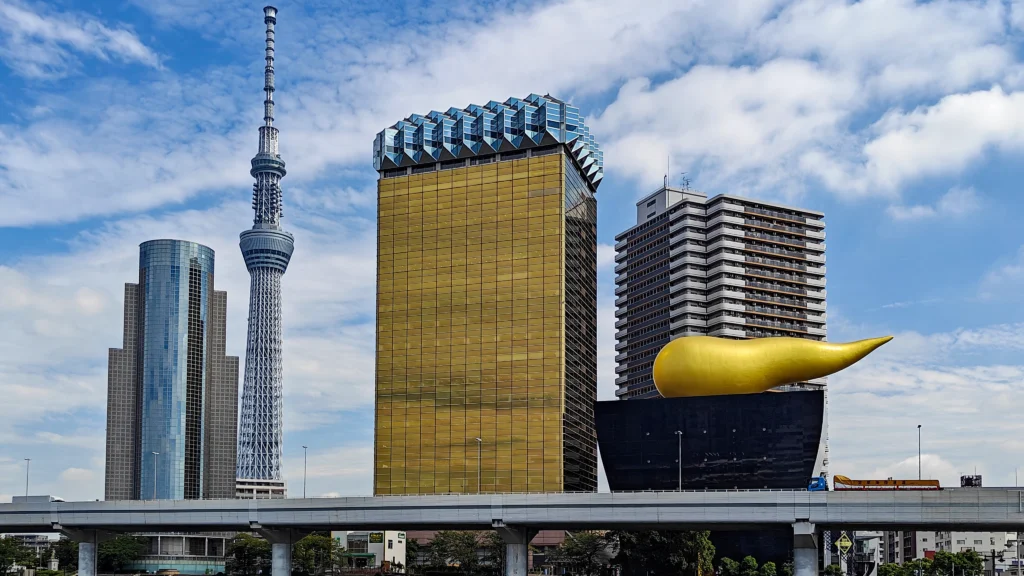
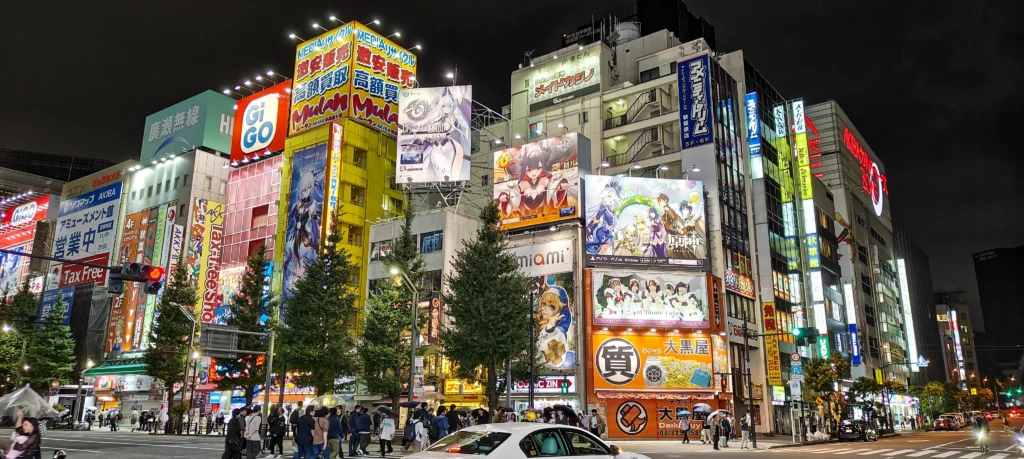
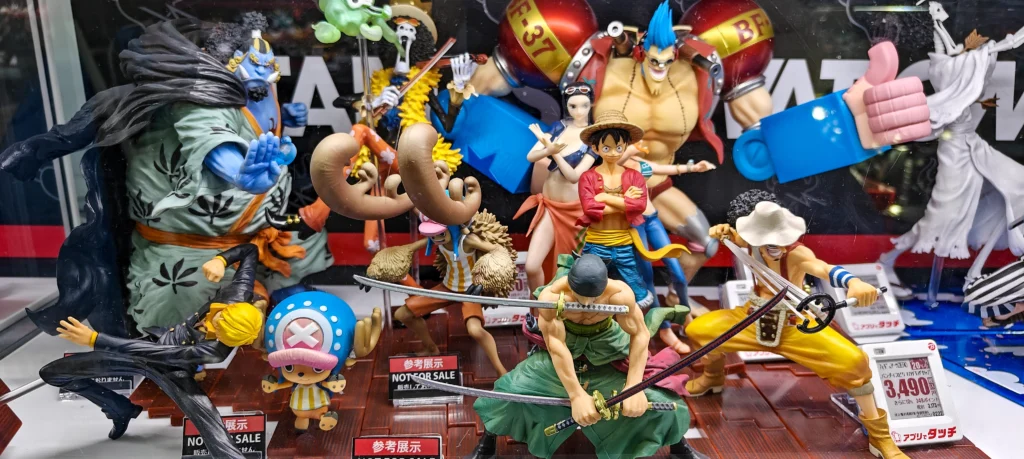
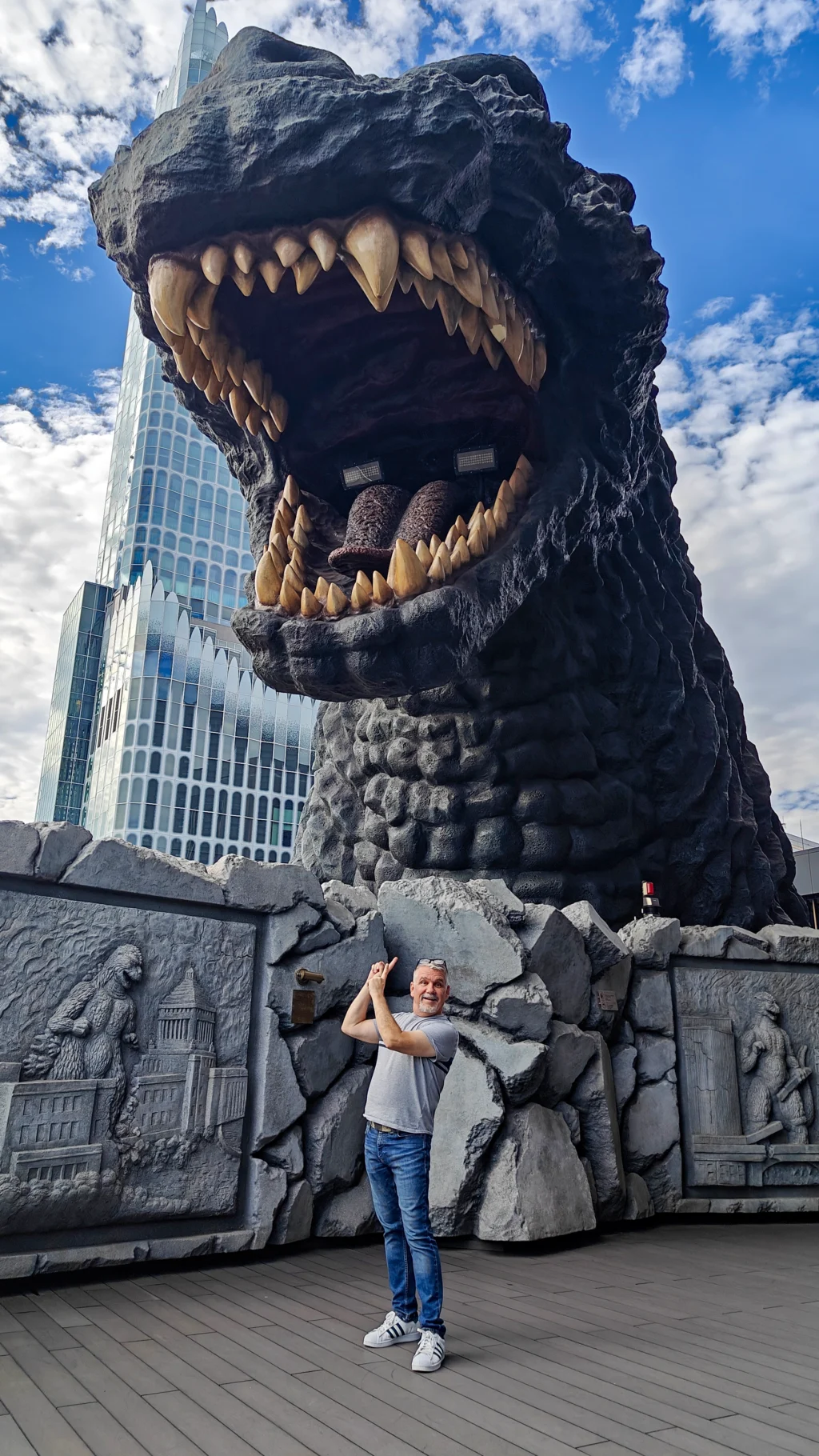
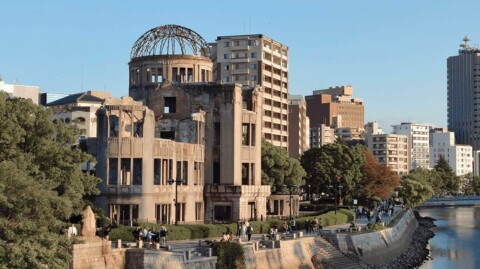
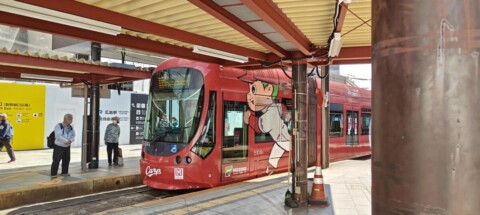


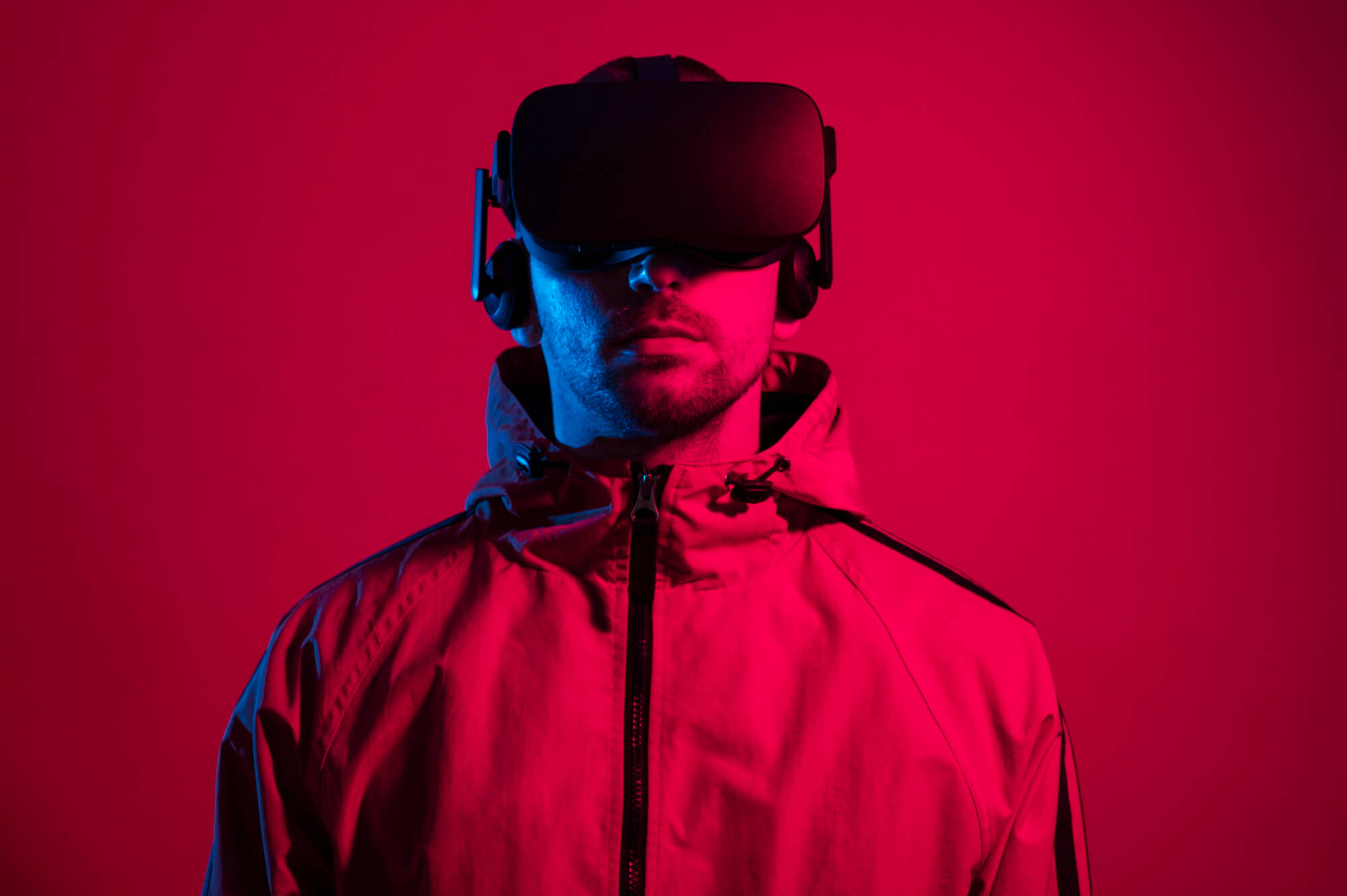
Jose
Wonderful article! Godzilla alley, I didn’t know. The entire city is amazing! I’m eager to travel there. Thank you.
Amtrav
Japan is a breathtaking journey… you will create really great memories. I can’t wait to go back!